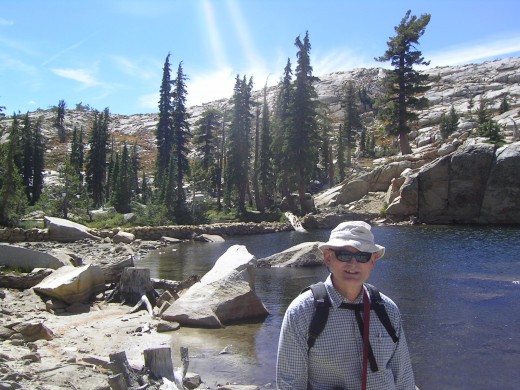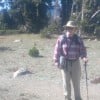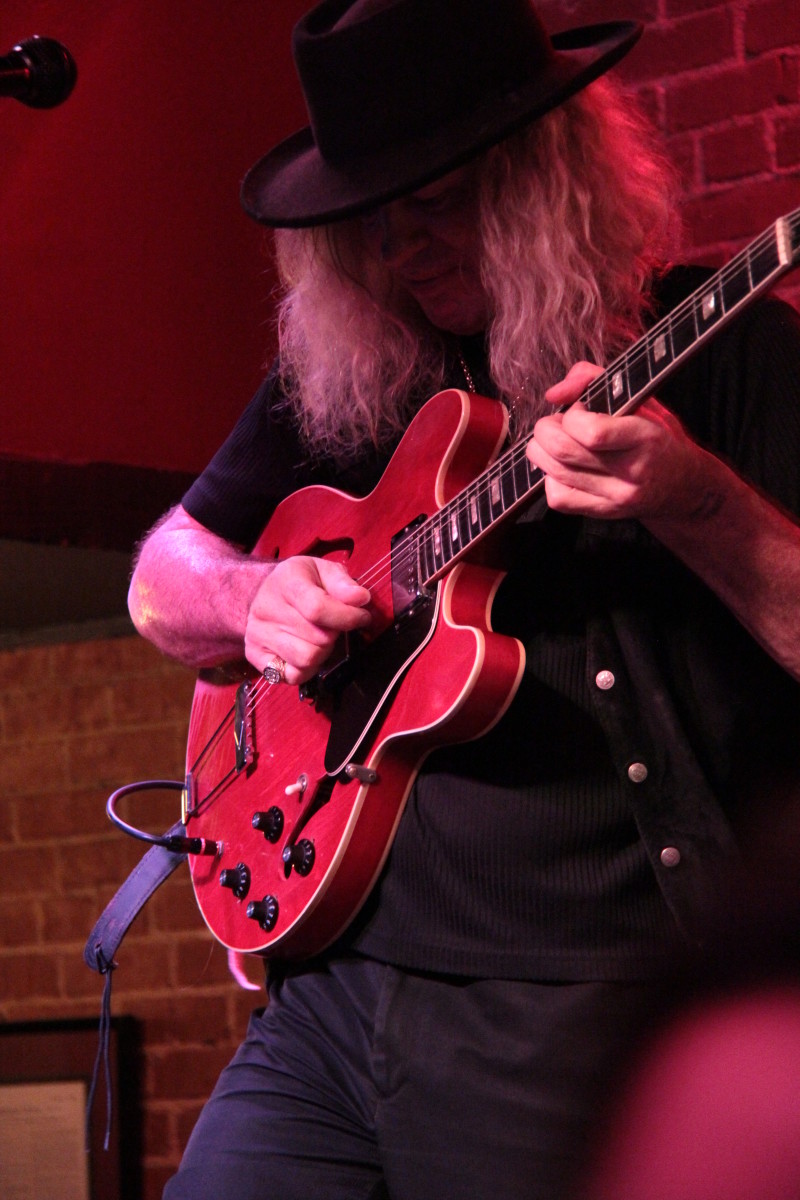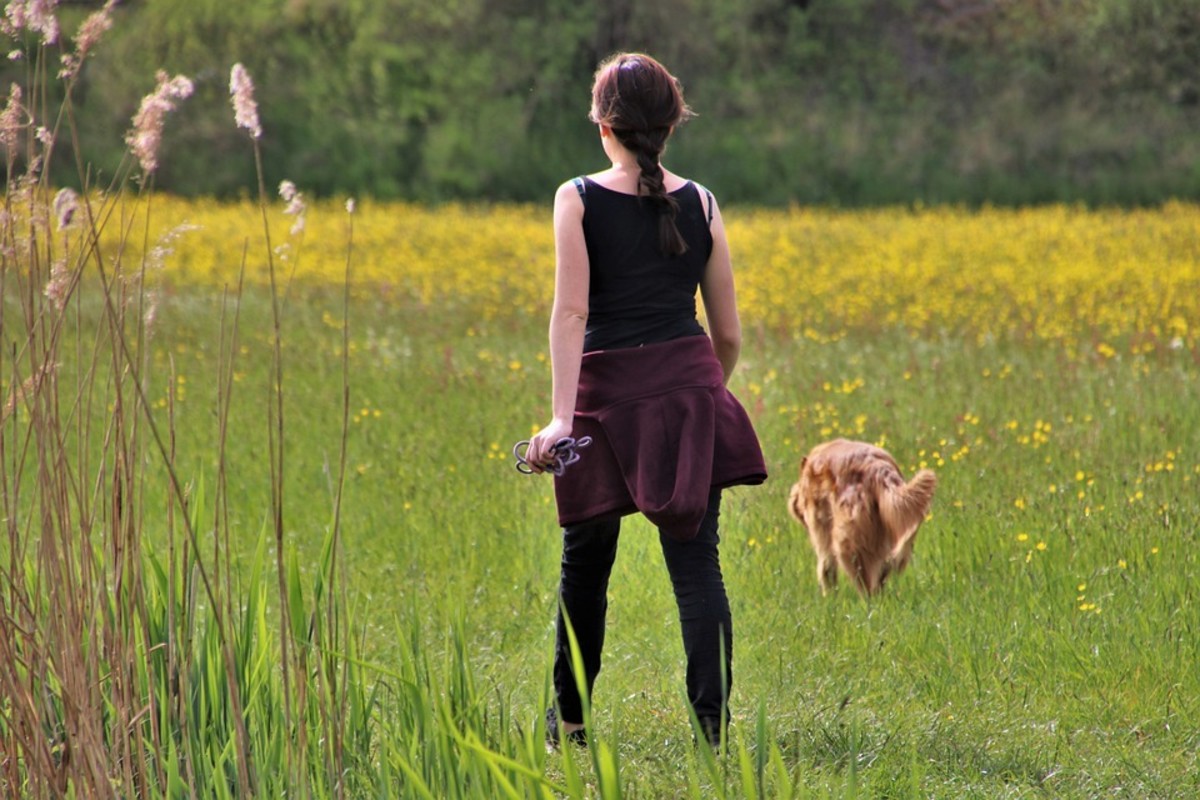Additional Uphill Hiking Techniques

Rhythmic Breathing
Sustainable uphill hiking is much more than simply putting one foot in front of the other. There's a mental aspect to complement the physical part. Of course, world-class endurance athletes need not be concerned about technique when they're out for an enjoyable mountain hike with their less-athletic friends.
In an earlier hub, we looked at the fine art of pacing yourself, while hiking uphill. I'm assuming that you've already mastered this skill. Now you can recognize your all-day uphill hiking pace. And staying within that sustainability zone is second nature for you.
Here's the next level: Time your walking with your breathing, while hiking uphill. For reasons that I don't fully understand, this can increase your maximum all-day uphill hiking pace slightly. Rhythmic Breathing is well-suited for trail-hiking.
Modified Rhythmic Breathing can partially compensate for the rarified air at higher altitudes. I may have more to say about high-altitude hiking in a future hub.
However rhythmic breathing while hiking is not a 'rule' that's cast in stone. If you don't use the technique, you will NOT turn into a frog! If you're physically fit, and are hiking with an out-of-shape friend, Rhythmic Breathing is irrelevant--for you.
And hiking up a steep scree slope is a different ball of wax. In that situation, maintaining a rhythm of any kind can be challenging.
Here are a few examples of the many possible hiking-breathing rhythms. On a moderate uphill slope at intermediate altitude, I may breathe in for 3 steps, then breathe out for 2 steps. That's the 3+2 rhythm.
When the steepness of the slope increases slightly, I adjust my rhythm accordingly. To use an automotive metaphor, I 'downshift' to a 2+2 rhythm: 2 steps for the in-breath, and 2 for the out-breath. I may also take slightly shorter steps.
If the steepness increases even more, I'll 'downshift' to a 2+1 rhythm, and may combine it with a modified Rest Step. We'll look at the Rest Step in the next section.
Shifting my many hiking gears is automatic for me now, but at first, it was not. I don't recommend learning Rhythmic Breathing on a 'killer' hike. Instead, practice alone, on a hill near your home.
On a rhythmic breathing practice session, you don't want the distraction of a human friend, or a canine companion. It requires time, practice, and body-awareness for Rhythmic Breathing to feel natural, and to become a reflex when you encounter an uphill stretch on your hike, and you want to push the sustainability envelope a bit.
On uphill hikes, I can keep up with most younger adults who are in good shape, and I don't get exhausted, partly because of my efficient hiking-oriented exercise routine, and partly because I'm an expert on pacing.
Hiking downhill is a different story, because of my knee issues and an arthritic hip. And so is hot-weather hiking, for that matter.
The Modified Rest Step
The Rest Step can increase your energy efficiency somewhat. It's also helpful when the endurance of your quadriceps (upper front leg muscles)--rather than cardiovascular fitness--is the limiting factor in your sustainable uphill hiking speed.
The basic idea is to take very frequent short rests, lasting several seconds. When you take your mini-rest, put most of your weight on your back leg.
It's important to lock the knee of your back leg. Why? Because your leg bones, rather than your leg muscles, are supporting your weight. That gives your leg muscles a rest, and it decreases your oxygen consumption a bit, as compared with having both knees slightly bent during the brief rest.
Now let's put the two skills together. Incorporate the Rest Step with Rhythmic Breathing. Again, there are many possible uphill hiking-breathing rhythms. I'll mention just one of them as an example.
1. Take one step forward, while breathing out.
2. Take another step, while breathing in.
3. Take a third step, while breathing out.
4. Lock your back knee, leaving most of your weight on the back leg. Breathe in, breathe out, breathe in.
I reserve this particular Modified Rest Step rhythm for fairly steep uphill slopes.
If you're hiking with people who are in slightly better shape than you are, stay in the rear of the group. Otherwise your energy conservation technique will be a major distraction for anyone who's walking directly behind you. Relatively few hikers know about the Modified Rest Step.
Mastering a new pacing technique is like learning a new dance step. And I'm a truly clumsy dancer. If I can do it, you can too. The various aspects of pacing--including the Modified Rest Step--are skills that anyone can master.
Copyright 2011 and 2012 by Larry Fields






